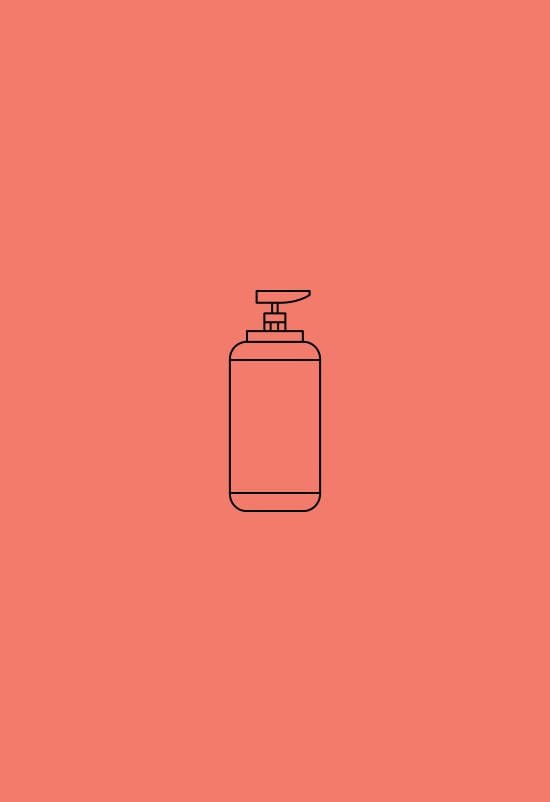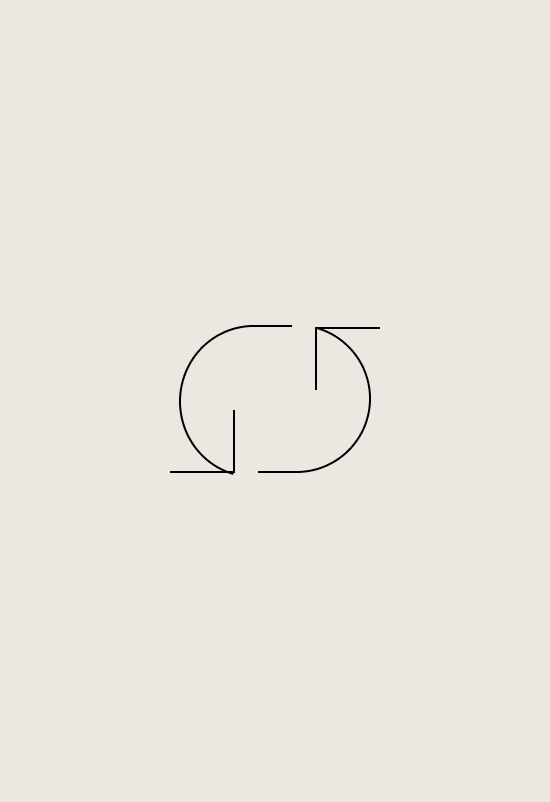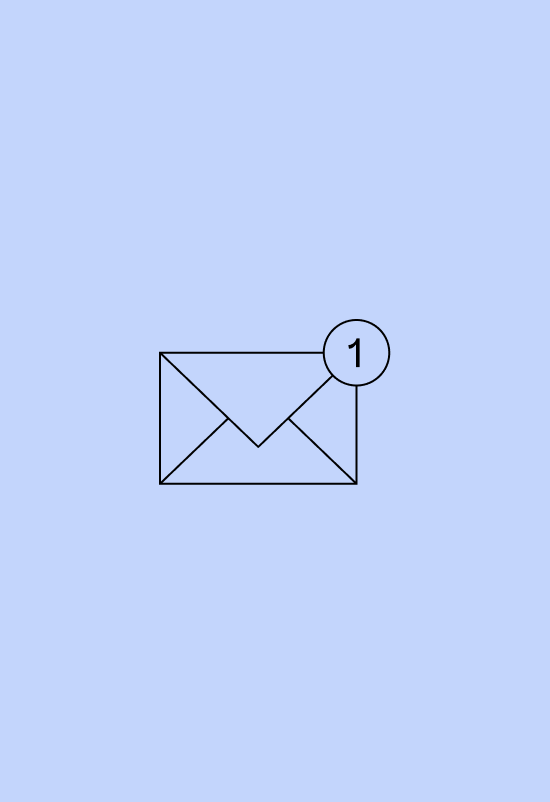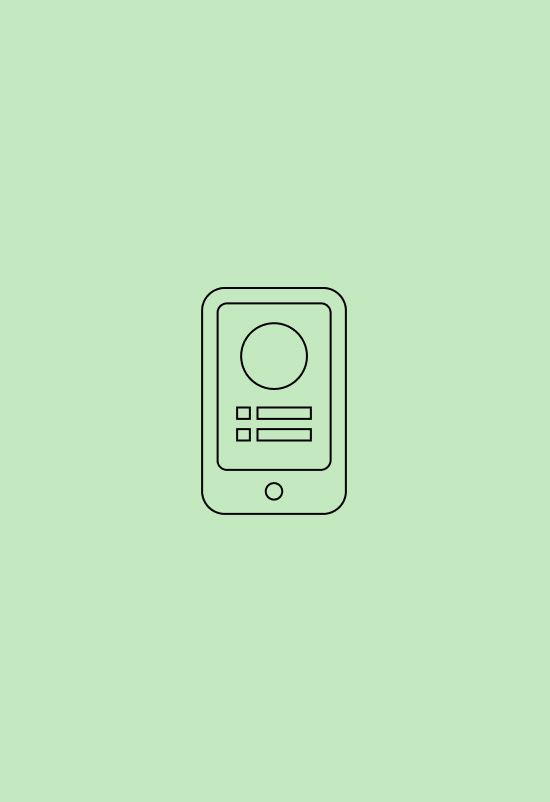Back again with part two of a three part series on customer retention by our friend Alex Greifeld. She's the mastermind behind the No Best Practices newsletter.
Part one covered incremental revenue, the KPI you’ll need to measure your program’s success. Part two will cover how to identify the customer retention strategies that have the greatest potential to make an impact. Let’s dive in.
One of the most misleading narratives in retention marketing is the idea that your entire customer file is a gold mine just waiting to be unearthed. That’s not entirely true. There are some nuggets of gold, sure, but every customer file has its share of pyrite and, unfortunately, a lot of plain ol’ dirt.
If you launch broad retention campaigns that target your entire customer base and speak to them in the same way you’re unlikely to achieve lasting results. That’s because your customer base isn’t static, it’s very dynamic. To design winning customer retention strategies, the first step is understanding what’s going on in there.
What’s going on in your customer file
Your customer file is another term for all of the customers who have purchased from your business who have provided enough data to be identifiable. In retention marketing your customer file is your greatest asset. But different segments within the file have different default behaviors, so it’s important to spot patterns in how these segments behave.
This section is going to speak to the average behavior for a one brand, one category business. If you sell multiple brands in multiple categories and have a broad physical footprint (think: Target, Walmart, CVS), these rules of thumb won’t necessarily apply.

Recency matters
If you break out daily sales from returning customers based on time since last purchase, you’ll see that the majority of the day’s sales come from customers who purchased within the past six months. A significant portion will come from customers who purchased in the last three months.
For most businesses, the 90 days directly following a purchase are your biggest marketing opportunity. The customer just unboxed your product and is still using it regularly. They’re deciding if it’s worthy of becoming a part of the daily routine.
After 90 days your customer has moved on to the next. Life happens, attention spans are short, and recapturing the customer’s attention becomes much harder and much more expensive.
Getting new customers to purchase again Is challenging (but worth it)
For every 100 new customers an average brand acquires, between 20 and 35 of those customers will come back and purchase again in the same channel. A lot of what drives this behavior is simply out of your control as a marketer. Some products have longer buying cycles than others. As your brand awareness grows, you’re more likely to bring in casual customers who are just “giving it a try”.
For those reasons converting a new customer to a second purchase is one of the biggest challenges in retention marketing. But when you consider the size of the opportunity, even small improvements in conversion rate can yield big results.
One of the largest obstacles to winning the second purchase is simple: customers can get overwhelmed.
Even if people really love your product, reordering can become another item on a long to-do list, especially if they need to restart the purchase journey from square one each time.
Your customers often arrive on your website on a mission to repurchase their favorite item. When they land on the homepage, they’ll need to sift through a lot of content navigation options to find what they’re looking for. Even if they land on a product detail page, they’ll have to navigate multiple colors, flavors and size options. In both cases it takes time to find what they’re looking for.
Repeat cuts out that time and confusion by streamlining the repurchase experience. Customers receive a link that takes them directly to a pre-filled cart containing previously purchased products and suggestions for new items to try.
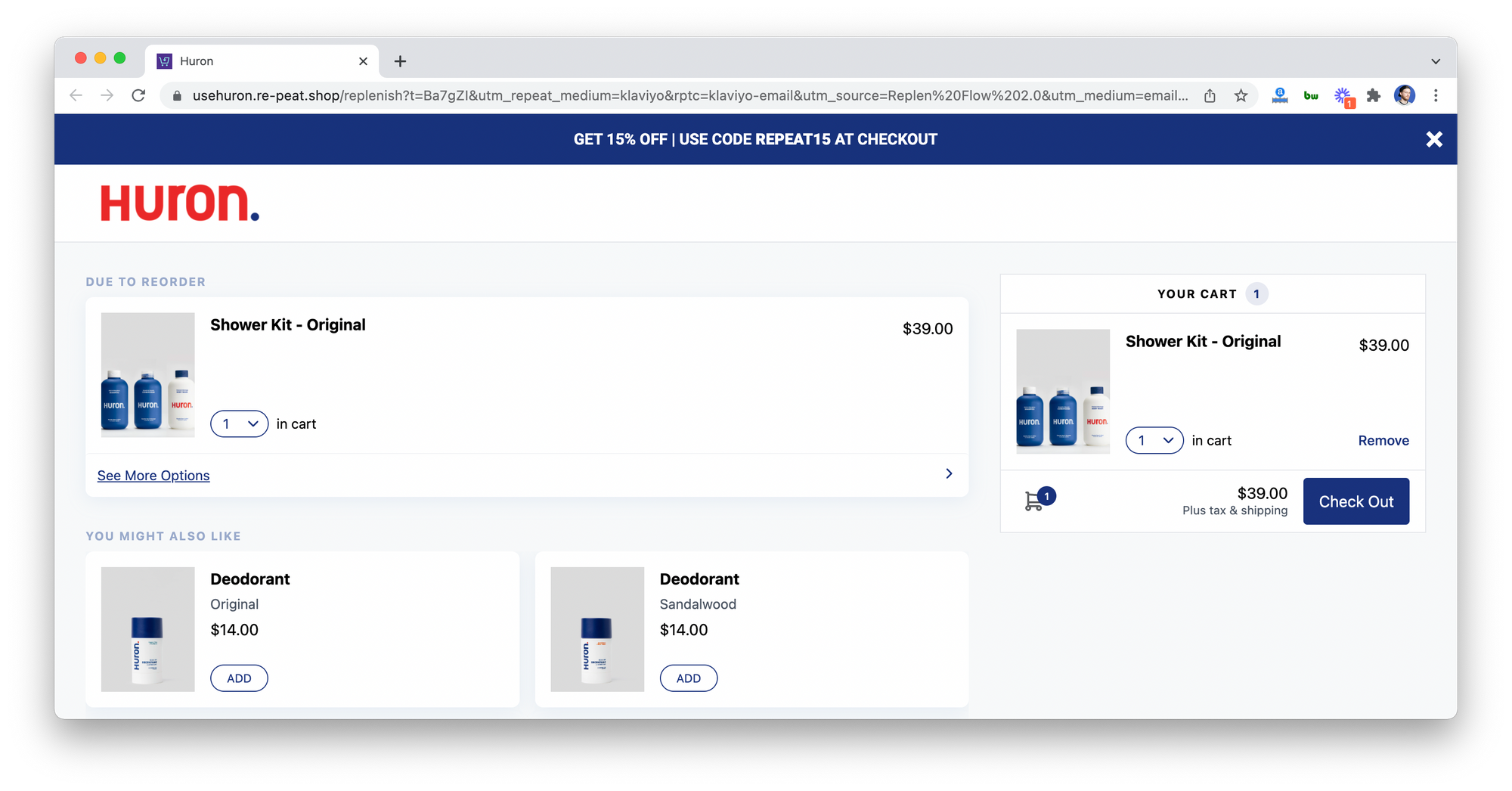
It takes time to become loyal
When retention marketers talk about “loyalty” they rarely define it. I like to define it as the moment when a customer’s probability of returning for another purchase is at least 50%. For most brands this happens around the fourth or fifth purchase.
Customers with four or more purchasers will typically make up about 10-20% of the customers who purchased from you within the last 12 months. What does this mean? Your truly “loyal” audience is a small slice of the pie, so loyalty initiatives need to be well-targeted if they’re going to be effective. It also means that if you want your pool of loyalists to grow, you need to figure out ways to nurture customers who are not yet “all in” on your brand.
Learn more: The difference between loyalty & retention
Many customers lapse for a reason
Brands that have been in business for at least five years will often have a deep customer file with hundreds of thousands of customers…who haven’t purchased in years. When brands start investing in retention for the first time, many assume they’ll be able to reactivate 25-50% of these lapsed customers in no time at all.
Unfortunately that’s rarely the case. Most of these customers lapsed for a reason that has nothing to do with marketing strategy. Some tried your product and didn’t like it enough to buy again. Others came in during a promotional period and aren’t willing to pay full price. Some have even passed away since their initial purchase.
Reactivation strategies can be powerful, but you need to set reasonable expectations. Investing too much in marketing to this cohort can become a money trap.
Creating effective customer retention strategies
Your customer file isn’t a monolith–different customers have different preferences and different probabilities of converting.
Customers with 1-3 lifetime orders still need to warm up to your brand. They might not know the full extent of your brand story or value proposition, and they probably haven’t seen your entire product offering.
Customers with 4-5 lifetime orders are on the cusp of loyalty, and you need to figure out how to push them over the edge. Customers with 6+ lifetime orders are probably already loyal–they have a high likelihood of returning, marketing or not.
When you’re deciding which audience(s) to target with your first retention campaign, you want to consider three things:
- Audience Size: The larger the audience, the larger the potential benefit.
- Baseline Response Rate: Consider that you’ll probably be able to improve the audience’s baseline response rate by 15-20% if you develop a campaign that runs year-round and resonates with that segment.
- Contactability: If you want to market to an audience, you have to be able to reach them. As time passes since the last purchase, customer contact information becomes outdated and a greater number opt out or tune out of channels like email and SMS.
Evaluating popular customer retention strategies
Let’s use these criteria to evaluate a few common retention strategies:
New customer nurture:
A program designed to convert more new customers to their second order within the first 90 days of purchase.
Viability: This strategy makes a lot of sense. If your business is in growth mode you’ll have a steady stream of new customers, making this a large audience. Their email and SMS opt-in rates will be high, and your brand will be top of mind.
Active customer engagement:
A program targeted at customers who purchased recently, with the goal of winning additional purchases so they stay engaged with the brand.
Viability: This strategy is critical for building a strong retention program–the bulk of your returning customers will be recent buyers. Engagement isn’t limited to marketing. If your purchase experience is frustrating, your customers will be less likely to buy again.
Churn prevention:
A program designed to win purchases from customers who are about to give up your brand for good.
Viability: This strategy is a mixed bag. The audience size is relatively large, but baseline response rate and contactability are typically low. How you identify the moment when a customer churns is key. If you can break through at the right time, this can be a big win.
Reactivation:
A program that targets customers who haven’t purchased in the last 12 months and encourages them to buy again.
Viability: This strategy typically has a low upside. You’ll have a lot of lapsed customers, but their baseline response rate is very low. These customers have almost certainly opted out of email and SMS, so reaching them is more expensive.
VIP programs:
A program that targets the top 5-10% of your customers. The goal is to encourage them to spend even more and stay engaged with the brand.
Viability: This is another strategy that seems promising at first glance, but is hard to do right. The audience is small but engaged. This may seem like a good thing, but identifying tactics that boost an already high response rate is tricky.
Now that we’ve covered measuring success and selecting the right audiences, it’s time to build out your first retention program. That’s what we’ll cover in part three of this series (coming soon)!
Repeat is the "buy again" button for CPG brands on Shopify (OSEA & HURON to name a couple). We thought: what if customers had a shoppable account history without needing to login? We built: a personalized reordering experience that integrates into existing SMS and email efforts.
Come join us! Let's talk.



